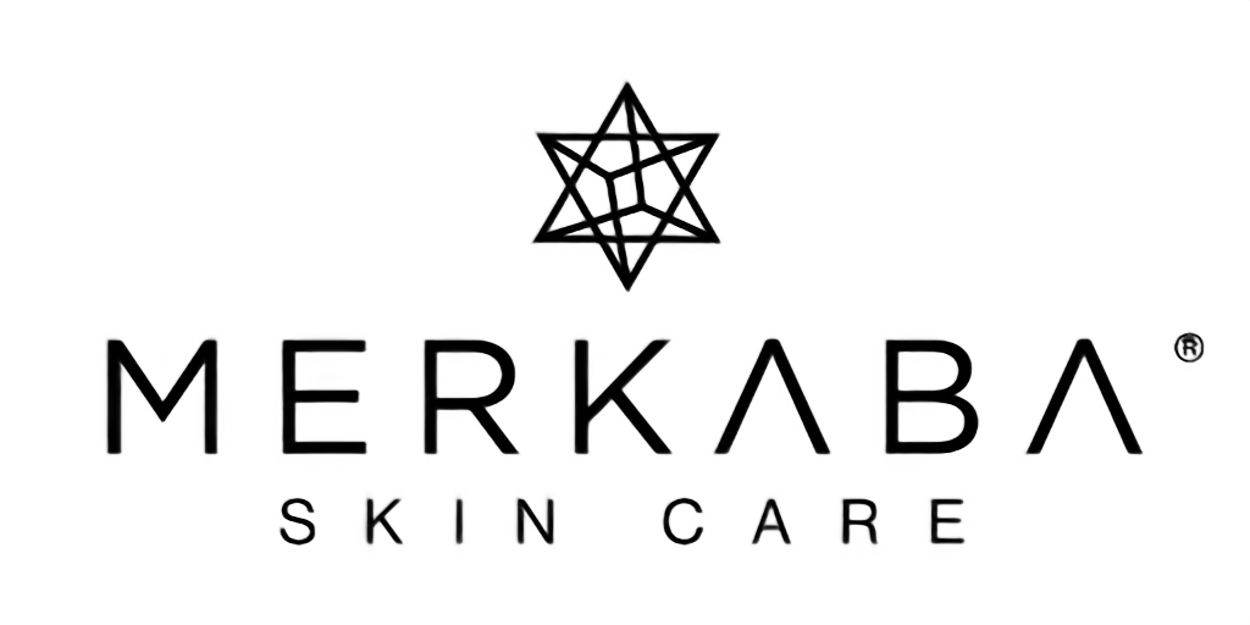
Exfoliate your way to smoother skin
What is exfoliation?
Exfoliation is the process of physically or chemically removing dead skin cells from the outermost layers of the skin. It is one of the easiest steps you can incorporate into your skincare routine that will give you dramatic and immediate results, revealing smoother, brighter, and more refined skin.
What happens as we age?
Desquamation, or cell turnover is when our skin naturally sheds dead skin cells to make room for new cells. The entire process, from cell birth to sloughing away, takes approximately 28 days.
As aging occurs, our skin becomes less effective at desquamation and these dead skin cells often don't shed completely resulting in a thicker layer of dead skin. This can result in dry, flaky patches, clogged pores and more pronounced wrinkles.
Exfoliation is one way you can help your skin stay up to speed with this natural process, restoring it to a brighter, more youthful appearance.
What are the benefits of exfoliating?
- Unclogs pores and reduces the incidence of blackheads
- Detoxifies the skin by increasing microcirculation
- Controls excessive oil production
- Brightens dull skin
- Improves skin tone
- Enhances skin clarity
- Smooths skin texture
- Reduces the appearance of fine lines and wrinkles
- Optimises the penetration of active ingredients found in other skincare products enabling them to travel into the deeper layers of the skin
What are the different types of exfoliation?
Mechanical exfoliation
This involves the use of a skincare tool, such as a brush or wash cloth, or a product such as a scrub with very fine mechanically exfoliating granules to physically remove dead skin cells from your skin’s surface.
While mechanical exfoliation can be beneficial, you have to be careful about the ingredients you use. Many facial scrubs, specifically those that have microbeads can cause tiny invisible cuts on the skin if used too aggressively, which can lead to irritation, inflammation and possibly even infection. These small beads of plastic also damage our oceans and waterways, another reason to avoid them completely. Using natural, gentle exfoliants will ensure your skin stays injury-free and will help to preserve our planet.
Chemical or enzymatic exfoliation
Chemical exfoliation goes a bit deeper, utilising chemicals such as alpha and beta hydroxy acids and natural enzymes. These chemical acids, essentially derived from fruits, nuts, milks, sugars, and plants are slightly more acidic than the skin. This allows them to gently loosen dead skin cells from living ones by dissolving the inter-cellular glue that bonds the dead skin cells, thereby allowing them to slough off easier and increase cell regeneration rates.
The main benefits of a natural AHA is to help combat the signs of aging. They help with fine lines, dry patches of skin, and stimulate cell turnover. They are considered the mildest of all chemical peels and are therefore relatively safe to use. We recommend them for dry and/or combination skin types.
Our facial exfoliant, Purify, contains natural AHA's of tartaric and glycolic acids, derived from the fruit enzymes of davidson plum and papaya, making it gentle enough to be used 2 - 3 times a week.
The most popular BHA is salicylic acid which helps to rid the skin of dull cells while respecting the skin’s natural oils. Products containing BHA's are primarily used to treat acne prone or oily skin.
How often should I exfoliate?
Generally speaking, facial exfoliation is recommended 2 - 3 times per week as any more can compromise the skin's natural barrier and cause increased redness and irritation. However, this can vary depending on the strength and type of product you’re using and the condition of your skin.
If you have any type of visible irritation on your skin such as eczema, psoriasis or dermatitis or have any open wounds, it is best to avoid exfoliating altogether. Even the safest and most natural product could irritate skin in this condition.
Step by step guide to exfoliation
- Always cleanse face before exfoliating.
- After washing off your cleanser and while your skin is still moist, take a pea-sized amount of exfoliant, and gently massage in a circular motion. If your product is powder based, mix with a small amount of water.
- After massaging for approximately 30 seconds, rinse off with warm water.
- Apply a toner, followed by a serum or moisturiser to lock in hydration and protect the newly revealed layer of skin.






